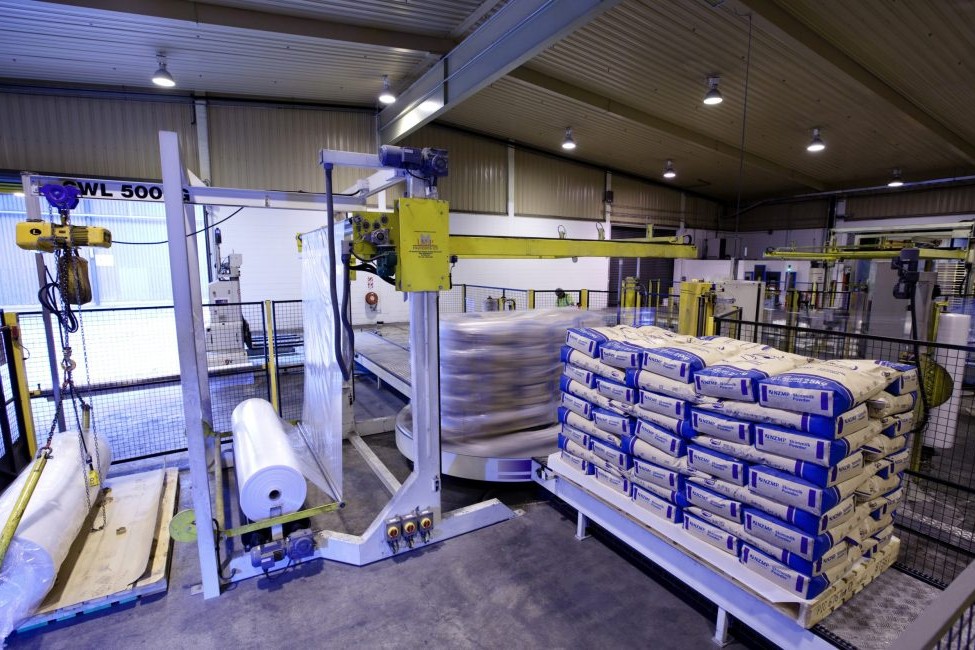By: Bob Edlin
Research reports from overseas studies at first blush may whet farmers’ appetites to learn more but soon are found to be irrelevant to farming practices in this country. A recent
example was reported under the headline “cooler cows have healthier calves”.
When organic versus conventional farming is at issue, however, a robust discussion can be triggered despite the differences between – let’s say – American and New Zealand dairying.
In the case of cooler cows, the Journal of Dairy Science in the United States reported a study of the effects of heat stress on calves conceived during summer. Data from more than 150
herds of dairy cattle in Florida, where cows experience hot summers and mild winters, were studied.
The researchers found milk production was greater for cows born to a mother that conceived in winter compared with cows born to a mother that conceived in summer, with greater
milk fat and protein yield. The odds of survival to a second calving were greater for cows arising from a winter conception compared with a summer conception. As DairyNZ pointed
out, the effect of heat stress was acknowledged but it was not a priority in relation to fertility in this country. This was largely because our system until recently involved replacement calves being born to cows that conceived well before any major heat stress events (even with autumn calving). Moreover, our heat stress was mild compared to North America. Hence it was unlikely the research had much relevance to NZ.
Another American study was prompted by dairy farms converting to organic milk production as demand surpasses available supply. Feeding strategies accordingly must be adapted to meet USDA National Organic Programme requirements.
University of Wisconsin-Madison researchers set about examining the effects of different feeding strategies and associated crop hectares on the greenhouse gas emissions of certified organic dairy farms.
They determined that a holistic approach to farm production was necessary. Organic dairy farms with well-managed grazing practices and adequate levels of concentrate in feed can both increase farm profitability and reduce GHG emission per kilogram of milk.
Matt Lucy, editor-in-chief of the Journal of Dairy Science, said consumers often equate more dependence on pasture with environmentally friendly farming,
“but this study demonstrated that low milk production per cow is a major factor associated with high GHG emission”. Managing both pasture and supplementation to increase milk
production per cow would substantially reduce GHG emissions.
Factors such as dairy cow breed and non-production variables, which may also affect GHG emissions on organic dairy farms, call for further studies to elucidate the effects of grazing management and feeding systems.
Professor Surinder Saggar, Principal Scientist & Portfolio Leader, Mitigating Greenhouse Gases & Carbon Storage, at Landcare Research dismissed the relevance of this to NZ.
The reason is the differences between US and NZ in the costs associated with the production of corn and soybean grain; pastoral production system (temporal variations, grass species, nitrogen content), infrastructure, labour, inputs, management and fuel plus any indirect subsidies.
These would result in different carbon footprints and profits leading to different outcomes. Phyllis Tichinin, a member of the Organic Dairy and Pastoral Group executive, wasn’t leaving matters there and reminded Dairy Exporter of relevant studies specific to NZ.
The Wisconsin study didn’t hold useful generalisations for dairying in this country, she said, because:
- Organic cows on NZ grass-based systems generally produce the same amount of milk as conventional cows, as documented by Massey University researchers in the Grow Organic Dairy project.
- The pasture production assumptions in the Wisconsin study don’t appear to be based on certified organic pastures – instead they used production and quality figures from university trial farm pastures that were synthetically fertilised and chemically sprayed, so pasture quality and potentially production are not representative of an organic system.
This approach ignores the main value proposition of organic dairying, which is to deliver a better-quality milk.
The market has shifted, Tichinin said – “quality is becoming more important than volume”.
The way to improve milk qualities (Vitamins A, D, K2 and CLA) which are related to better human health is through diverse pasture species, low synthetic fertiliser inputs and entirely grass-based systems, she contended.
“The quality of the feed that goes into the ruminant – mineral levels, diverse plant metabolites, brix – determines the health of the animal and the profile of beneficial fats and proteins that comes out of the udder.
“Research being done at University of Wisconsin is said to be finding markedly better milk qualities in organic vs conventional milks.”
We await the results and will keep you posted.





